The genetic basis and cell of origin of mixed phenotype acute leukaemia
- PMID: 30209392
- PMCID: PMC6195459
- DOI: 10.1038/s41586-018-0436-0
The genetic basis and cell of origin of mixed phenotype acute leukaemia
Abstract
Mixed phenotype acute leukaemia (MPAL) is a high-risk subtype of leukaemia with myeloid and lymphoid features, limited genetic characterization, and a lack of consensus regarding appropriate therapy. Here we show that the two principal subtypes of MPAL, T/myeloid (T/M) and B/myeloid (B/M), are genetically distinct. Rearrangement of ZNF384 is common in B/M MPAL, and biallelic WT1 alterations are common in T/M MPAL, which shares genomic features with early T-cell precursor acute lymphoblastic leukaemia. We show that the intratumoral immunophenotypic heterogeneity characteristic of MPAL is independent of somatic genetic variation, that founding lesions arise in primitive haematopoietic progenitors, and that individual phenotypic subpopulations can reconstitute the immunophenotypic diversity in vivo. These findings indicate that the cell of origin and founding lesions, rather than an accumulation of distinct genomic alterations, prime tumour cells for lineage promiscuity. Moreover, these findings position MPAL in the spectrum of immature leukaemias and provide a genetically informed framework for future clinical trials of potential treatments for MPAL.
Conflict of interest statement
Figures

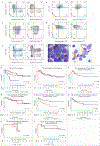
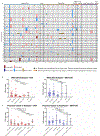
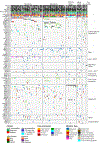
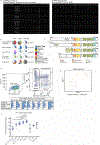


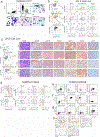
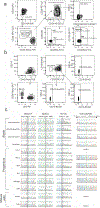

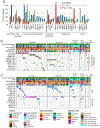
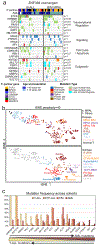
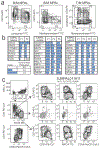
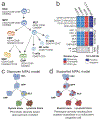
References
-
- Gerr H et al. Acute leukaemias of ambiguous lineage in children: characterization, prognosis and therapy recommendations. Br. J. Haematol 149, 84–92 (2010). - PubMed
-
- Matutes E et al. Mixed-phenotype acute leukemia: clinical and laboratory features and outcome in 100 patients defined according to the WHO 2008 classification. Blood 117, 3163–3171 (2011). - PubMed
Publication types
MeSH terms
Substances
Grants and funding
LinkOut - more resources
Full Text Sources
Other Literature Sources
Medical
Molecular Biology Databases

